Thermochromic Materials Market Set for Rapid Expansion Through 2032
Thermochromic Materials Market Set for Rapid Expansion Through 2032
Market Overview
The global thermochromic materials market is seeing substantial growth, with an estimated value of USD 1.91 billion in 2024 projected to reach USD 3.85 billion by 2032. This trajectory represents a compound annual growth rate (CAGR) of 9.14% over the forecast period from 2025 to 2032.
The demand for thermochromic materials is accelerating due to their increasing use across health, packaging, and personal care industries. Advancements in nanotechnology and polymer science are enabling development of smarter, more responsive products utilizing thermochromic properties.
Key Growth Drivers
Prominent applications in healthcare, beauty, and food safety are boosting market momentum. Supportive research from organizations such as the U.S. Department of Energy and FDA encourage the integration of thermochromic materials in diagnostics and safe packaging. Leading companies like Chromatic Technologies Inc. are focusing on innovative leuco dyes for cosmetics and wearable products. Rising consumer interest in sustainable and personalized solutions, coupled with favorable regulatory initiatives in the U.S. and EU, are driving the expansion of thermochromic materials into new consumer sectors.
Regional Insights: U.S. and Europe in Focus
The U.S. thermochromic materials market alone is valued at USD 342.13 million in 2024, expected to grow at a CAGR of 8.91% through 2032. The growth is attributed to strong demand for smart packaging and wearable technology, supported by government and research-led initiatives for safer, more innovative products. Companies such as Chromatic Technologies and Sensient Technologies are leading the way with new product launches for cosmetics and medical devices.
In 2024, Europe led the thermochromic materials market with a 33.7% market share. This dominance stems from high consumer awareness and early adoption in food, cosmetics, and healthcare products, especially in countries like Germany and France. The European region’s focus on safety, sustainability, and advancing regulatory standards further facilitates market growth.
Leading Market Segments
By Material: Leuco Dyes
Leuco dyes commanded a 37.9% market share in 2024. Their widespread adoption is due to excellent color-changing properties and versatility, particularly in cosmetics, smart fabrics, and packaging. These dyes offer reversible thermochromic effects, are eco-friendly and non-toxic, and meet strict regulations in North America and Europe.
By Application: Pigments
Thermochromic pigments dominated with a 34.9% market share in 2024. Their core use is in paints, inks, and coatings—especially for security printing, automotive, and packaging. Companies like Sensient Technologies use pigment-based smart labels, highlighting the expanding applications in safety and consumer engagement. Their durability and diverse usability make pigments the leading thermochromic application solution.
Industry Leaders
Key players in the thermochromic materials market include:
- OliKrom
- Chromatic Technologies Inc. (CTI)
- LCR Hallcrest, LLC
- Matsui International Company, Inc.
- Kolortek Co., Ltd.
- Fraunhofer IAP
- Indestructible Paints Limited
- Gem’innov
- QCR Solutions Corp.
- New Prismatic Enterprise Co., Ltd.
Recent Developments
- In February 2025, the U.S. FDA issued draft guidelines for evaluating the thermal effects of medical devices, setting standards for the use of thermochromic temperature sensors in diagnostics.
- In May 2024, LA Libations invested strategically in Chromatic Technologies Inc., incorporating CTI’s thermochromic inks into beverage packaging to create interactive cold-drink indicators.
Market Outlook
The thermochromic materials market is poised for robust growth through 2032, propelled by technological innovation, expanding healthcare applications, and a growing emphasis on sustainability.
--- This content is for informational purposes only and does not constitute financial advice.

